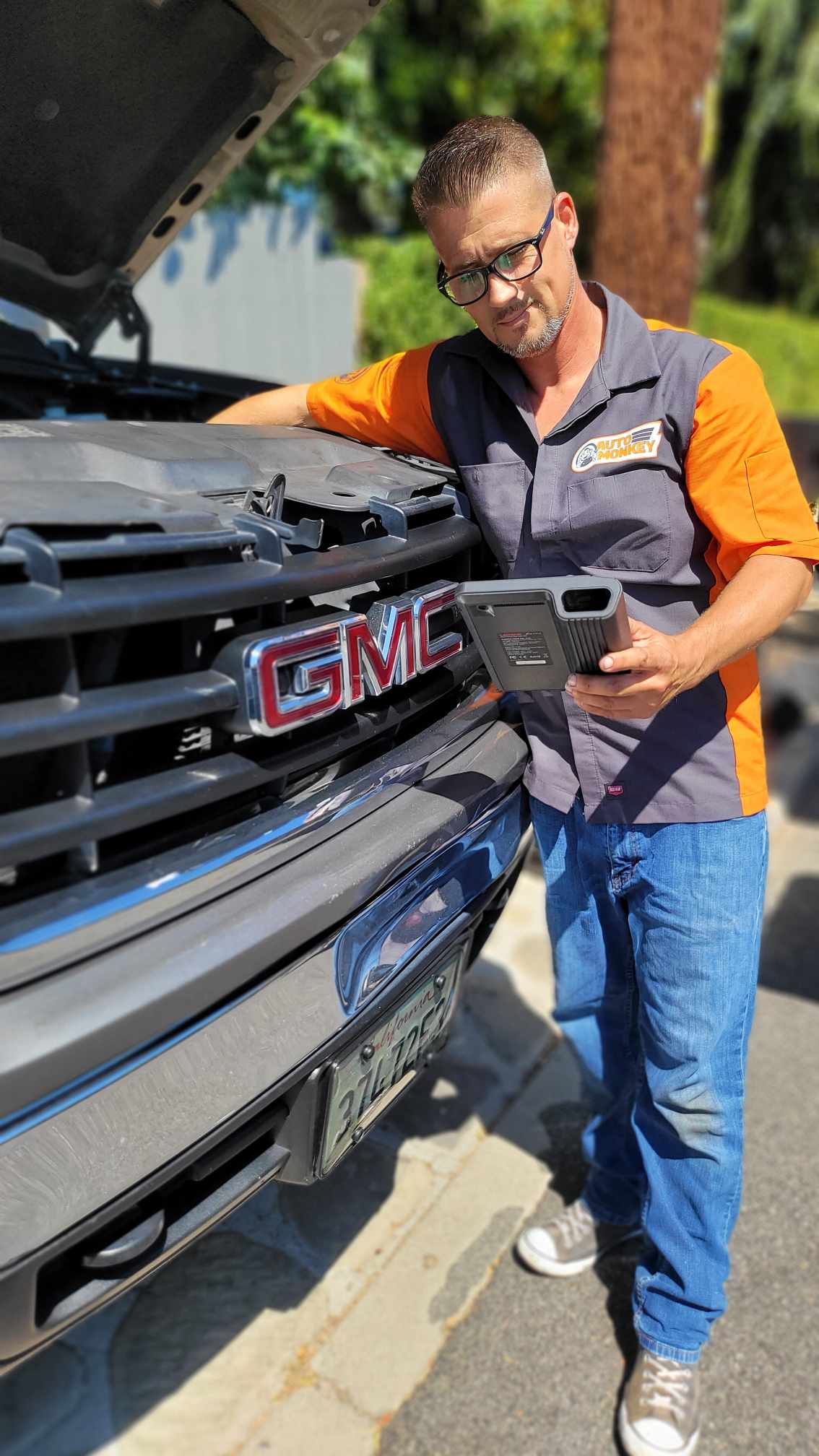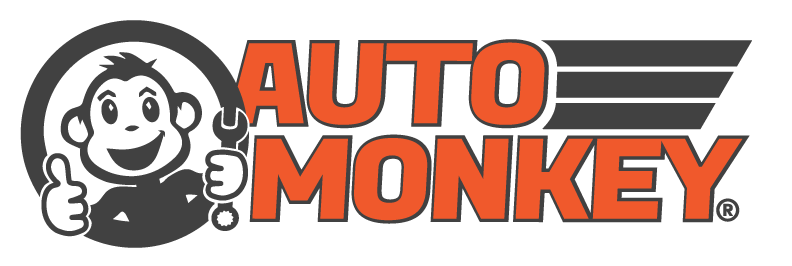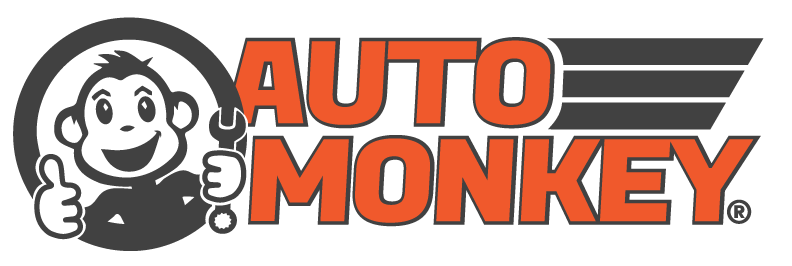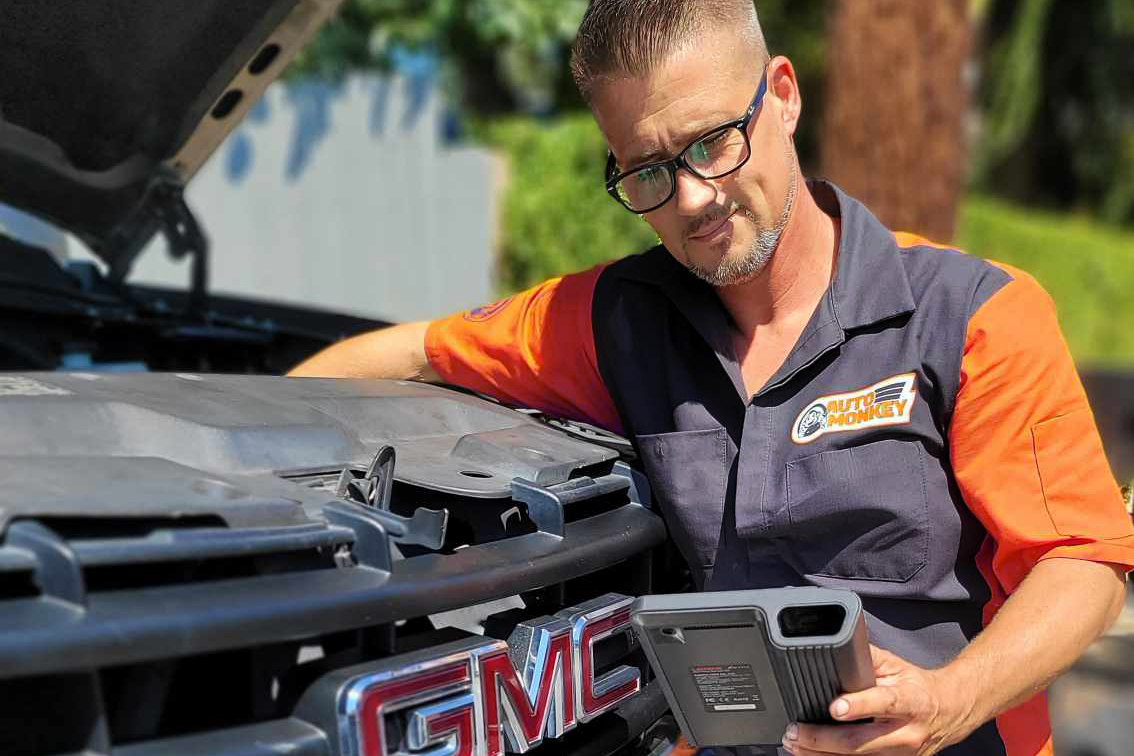Diagnostic Results
What to do when you are unsure of diagnostic results
There’s no other way to put it – your car being broken is stressful, and trying to sift through the technical jargon on what is actually wrong with your car can be stressful. While there are a ton of great, reputable mechanics all over the country. But those few bad apples tend to sound that little voice in the back of your head, “am I being ripped off on my diagnostic results?” On the other side, operating as a service advisor or mechanic, dealing directly with a customer can also be stressful. Most customers are on-edge, looking for a reason to not trust the service advisor, so in reality, the door really swings both ways. We’ll try to sort out exactly what to do when you are dealing with diagnostic work, and how to sort through the facts.
Automotive shops and facilities invest a lot of money in diagnostic equipment and tools to fix vehicles, so first and foremost, it's important to understand that the only way that diagnostic equipment pays for itself is with the charge of using it. While some automotive repairs are very straightforward–my brakes are grinding, my water pump is leaking, my struts are knocking and bouncing–some repairs, such as a no-start situation, or check engine light, are not so overt in what is actually wrong. While many of the parts supply chains these days offer a free code-scanning service for checking engine lights, or rental of the tool, these services do one thing–they get you NEAR the ballpark on what is going on with your vehicle.

Notice, I said NEAR, and not IN the ballpark. These tools read the code that is present in your vehicle’s engine computer, and provide you best-case scenarios based on data on what could be wrong. The higher-priced scanners used in automotive shops and by some mobile mechanics are not only much more expensive, but much more pin-point. These scanners use real-time data while the vehicle is running to determine exactly what is happening, and coupled with repair data services that they pay money for, the mechanic determines what is wrong, so you’re not paying for multiple parts (or guesses) to be replaced. Because of that, you will normally incur an additional diagnostic charge to determine what exactly is wrong with the vehicle if there’s not a clear-cut answer.
Another thing to remember, is that many times, a particular part on a vehicle will fail due to the slow failure of another part. An example of this would be a vehicle that came in for grinding brakes, due to a caliper not retracting properly once the brakes aren’t applied. While this mechanic could just change the brake pads out and supply new rotors, the problem will reoccur again in several months, leading to replacements yet again (and not under warranty). So in this case, the recommendation will always be that the caliper needs to be properly changed out and addressed.
There are, however, several things that you can do to educate and prepare yourself for what to do when you are unsure of diagnostic results. We’ll break down several of the tips to follow:
- For starters, Auto Monkey as a team will always give you a pre-estimate for repairs, based on our experience in dealing with these repairs. In the example above on the grinding brakes, the estimate may include WITH calipers and WITHOUT, just in case problems like that arise. It's important to understand that in that situation, there’s no way to easily predict that a caliper was defective before putting the vehicle on the lift and inspecting the brakes, which takes time. Auto Monkey will try to cover all the bases with you before the mechanic arrives to give their final estimate.
- Get a full estimate of your repairs, including the hours you’re being charged for each part / repair, along with the cost of parts and their description. Auto Monkey’s app shows fully transparent pricing complete with labor hours for each repair, parts and service fees. Any shop should be able to accurately supply you with this information. If they aren’t, we wouldn’t recommend using that shop.
- In this digital age, there is an automotive forum online for nearly every make, model, and year of vehicle in existence. These forums are full of people who are not only experts in these particular vehicles, but most of them collectively share one thing–whatever has happened to your vehicle, the chances are great that it’s happened before on someone else’s vehicle, and they know the fix for it! While on the forum, bring up the issue that your vehicle is having, along with what estimates or diagnostics have been run on your vehicle, and listen to what folks say–collectively. We stress the word “collectively” because while there’s a ton of great advice on these forums, there is also not-so-great advice, so choose the words of the masses over a few.
- Get another estimate. Sometimes, this is extremely difficult to do. If you’ve had your car towed to one location for repair, it’s not exactly easy to pick that vehicle up, and move it to another location. That costs money, and time. What you can do is call additional shops. Let them know your vehicle is at a competitor, and this is the diagnosis. Ask them what their labor rate is, and what the cost of parts would be, line by line on your estimate you have, without giving them the info of the cost. See how the two estimates compare. Ask their opinion on the diagnosis and repair. At Auto Monkey, we end up with a fair amount of work from customers calling us (using the app) and finding our pricing are far less expensive and won’t take 3-6 weeks to get repaired. BUT, keep in mind, you may have to pay the minimum diagnostic charge at shop #1 for identifying what’s wrong with the vehicle; however,, but if shop #2 will save you over 300.00 in the repair, then paying for that diagnostic charge (usually $75.00 - $100.00) is worth it.
- Don’t fall into the, “what if I buy my own parts” trap. Make no mistake, automotive shops have to make money, and the cost that they buy parts for wholesale from any parts shop is NOT the price they are going to charge you for those parts. They are going to mark the parts up. What you get with buying those parts from the shop or Auto Monkey is WARRANTY, and that warranty covers more than just the replacement of the part. It covers the labor to repair, and any costs associated with towing the vehicle in. When you choose to purchase your own parts (if the shop will even let you), you are left in most cases without that warranty. While you might think this is great because you saved $250.00 in parts costs, if any of those parts fail, you’re on your own. If you take those parts back to where you bought them from, you may get a replacement part, but you’re usually going to be out of any labor costs you incur. Oh, and by the way…Auto Monkey has a 2 year/24,000 mile warranty—one of the top in the nation.
- Stay away from “parts changers”. In the world full of mechanics that use pinpoint diagnostic equipment, there is also a group of folks all the way down to the average DIY mechanic known as “parts changers”. This means that often times they lack the diagnostic equipment necessary to pin-point exactly what’s wrong with the vehicle, so instead, they begin changing suspect parts until the problem is solved. The problem with this method is if you’re paying for all these parts and labor, you are paying for guesswork. Often times, this won’t be revealed to you and will be presented as “well this part is bad and this other part is too”. The problem is sometimes that’s true, but sometimes it’s not. This is why you pay for these diagnostic charges, so you don’t have to change a host of different parts. We are pleased to say that more than 70% of our mechanics are well-seasoned and educated mechanics that are diagnostic kings.
- Always ask for your old parts back, or to see them. In some states, like Michigan, it’s law that a shop needs to show you or give you the old parts, assuming there is no core charge where the parts need to be returned. Always ask, at a minimum, to see your old parts. Ask the mechanic if they can show you the new part on the car, and where it was installed. Ask if they can show you how the part failed. Sometimes, that’s not possible, but having this, “trust, but verify” method goes a long way, and any shop or mechanic doing honest work should have no issue whatsoever in doing so. Make sure if you do intend to see your old parts, that you make that request up-front with the service advisor before the work begins.
Dealing with any automotive repair can be stressful, and extensive diagnostic work can often be confusing, and more stressful. Stick with these tips, and remember that Auto Monkey can always assist and help with your automotive needs – at the location YOU want to be, not a shop!


